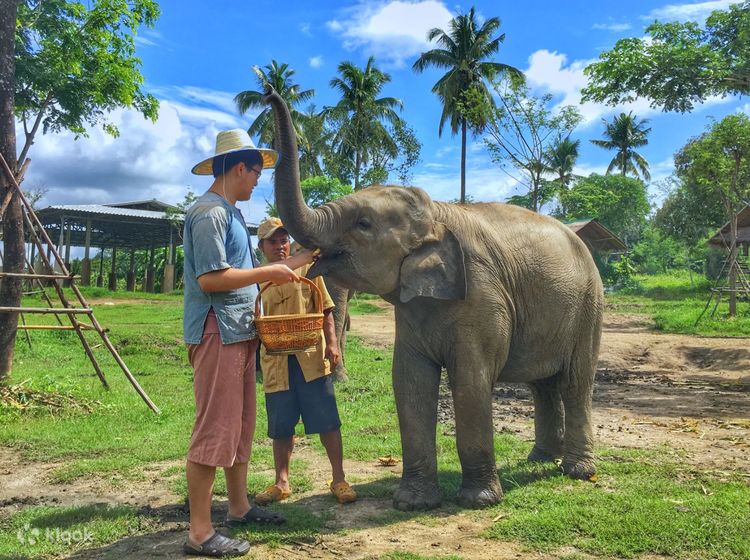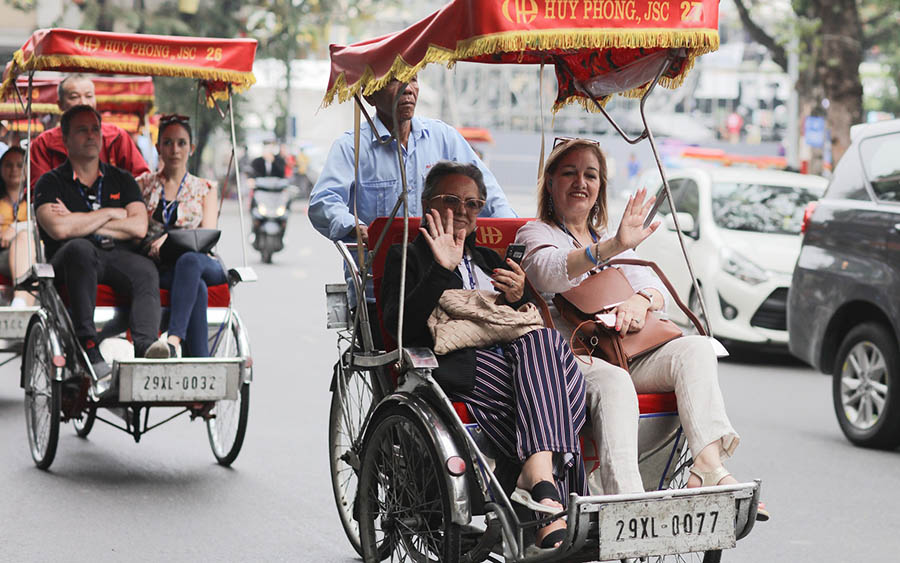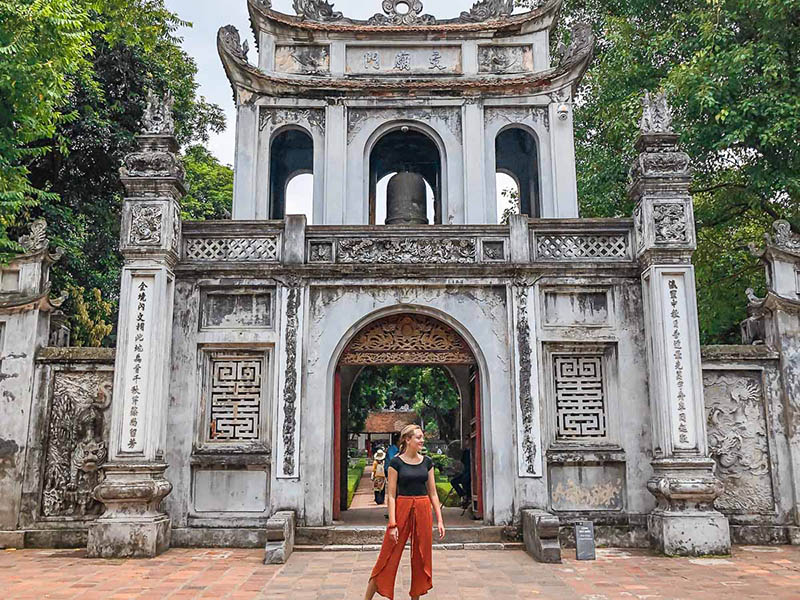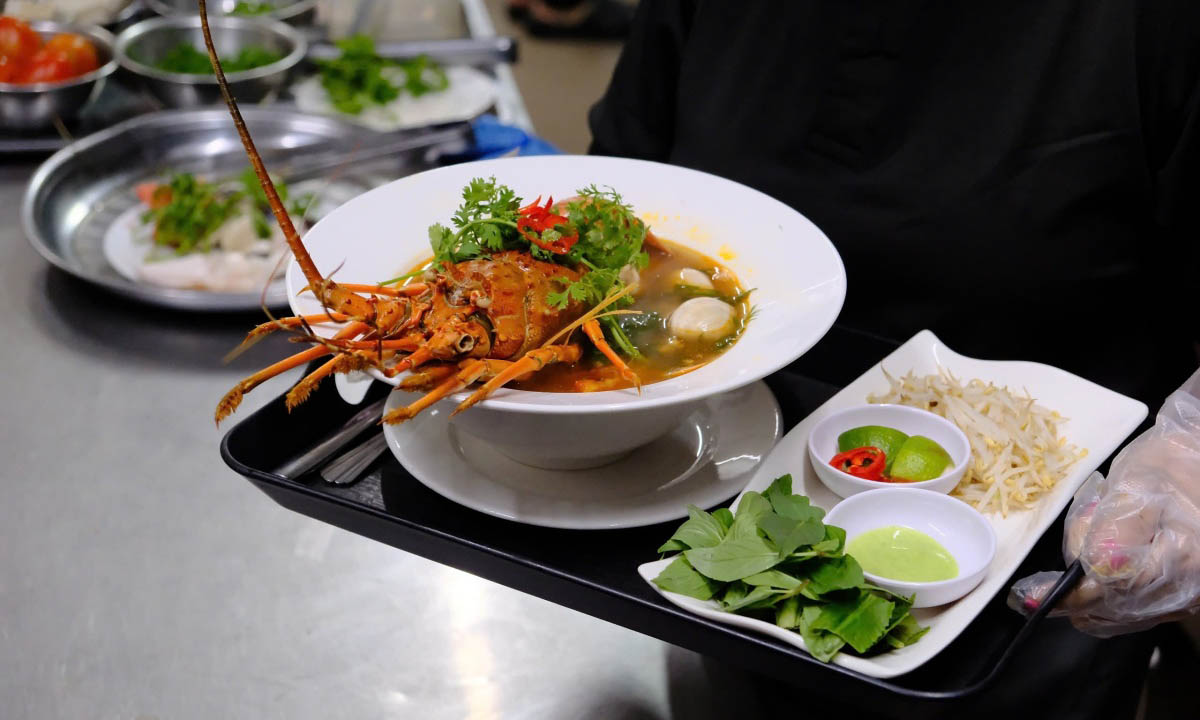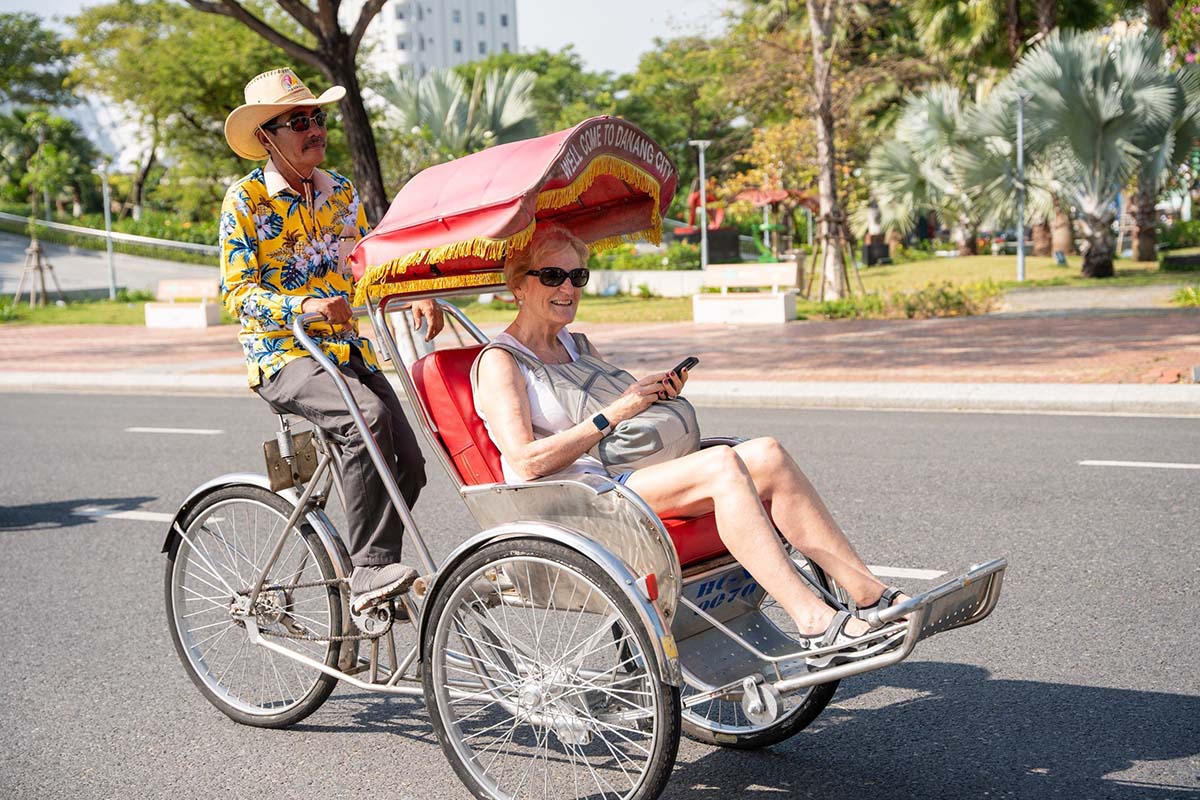Bà Đen Mountain (Tây Ninh)
Just a two-hour drive from Ho Chi Minh City lies Tây Ninh, known for Bà Đen Mountain—a sacred peak intertwined with ancient temples and spiritual structures.
Standing at 986 meters, Bà Đen is the tallest mountain in southern Vietnam, often referred to as the “first celestial mountain.” Visitors are drawn to its refreshing air and the lush greenery that surrounds it.

Ba Den Mountain
The mountain hosts several temples, including Linh Sơn Thánh Mẫu, a revered monument in the spiritual lives of southern Vietnamese.
At the mountain’s highest point, you’ll find the 72-meter-tall statue of Phật Bà Tây Bổ Đà Sơn, cast from over 170 tons of red bronze. Guinness World Records recognizes it as the “tallest bronze Buddha statue in Asia atop a mountain.” Capturing this iconic image amidst the clouds earned Bà Đen international acclaim.
Tân Lập Floating Village (Long An)
Approximately 100 kilometers from Ho Chi Minh City, Tân Lập Floating Village is a captivating destination known for its characteristic waterways in the Mekong Delta region.
The village earned its name because, in the past, this 135-hectare area remained submerged year-round. Residents built houses on elevated platforms to avoid flooding. Today, Tân Lập has been planned as an ecotourism area, devoid of permanent inhabitants.
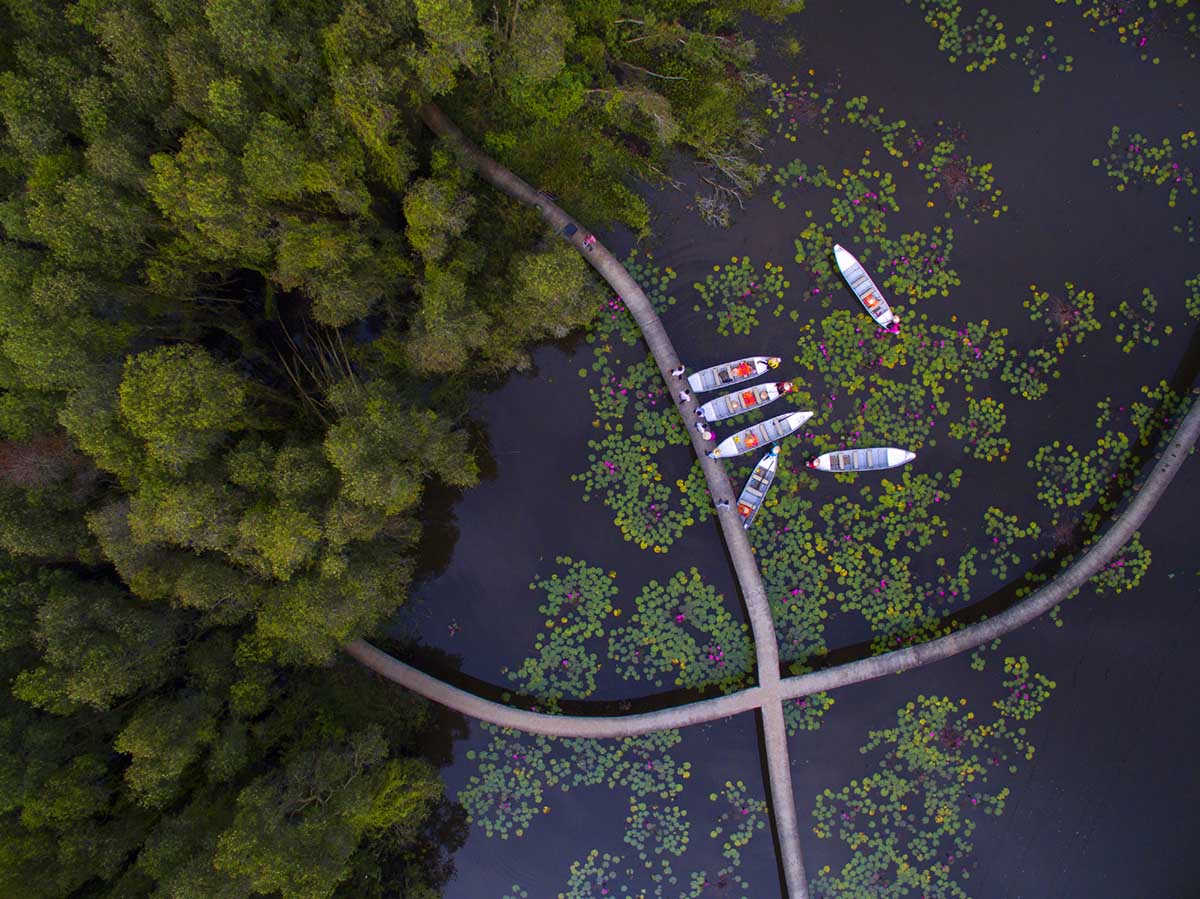
Tan Lap Floating Village
The best time to visit is during the floating season from August to December. Explore the lush green rice fields, lotus ponds, and vibrant waterways by motorized sampan or bicycle.
Củ Chi Tunnels
Located about 70 kilometers northwest of central Ho Chi Minh City, the Củ Chi Tunnels attract many curious tourists due to their legendary historical significance during the Vietnam War.
These tunnels represent the ingenuity and resilience of the Củ Chi people during their 30-year resistance. The intricate network of 250 kilometers of underground passages resembles a spider’s web.
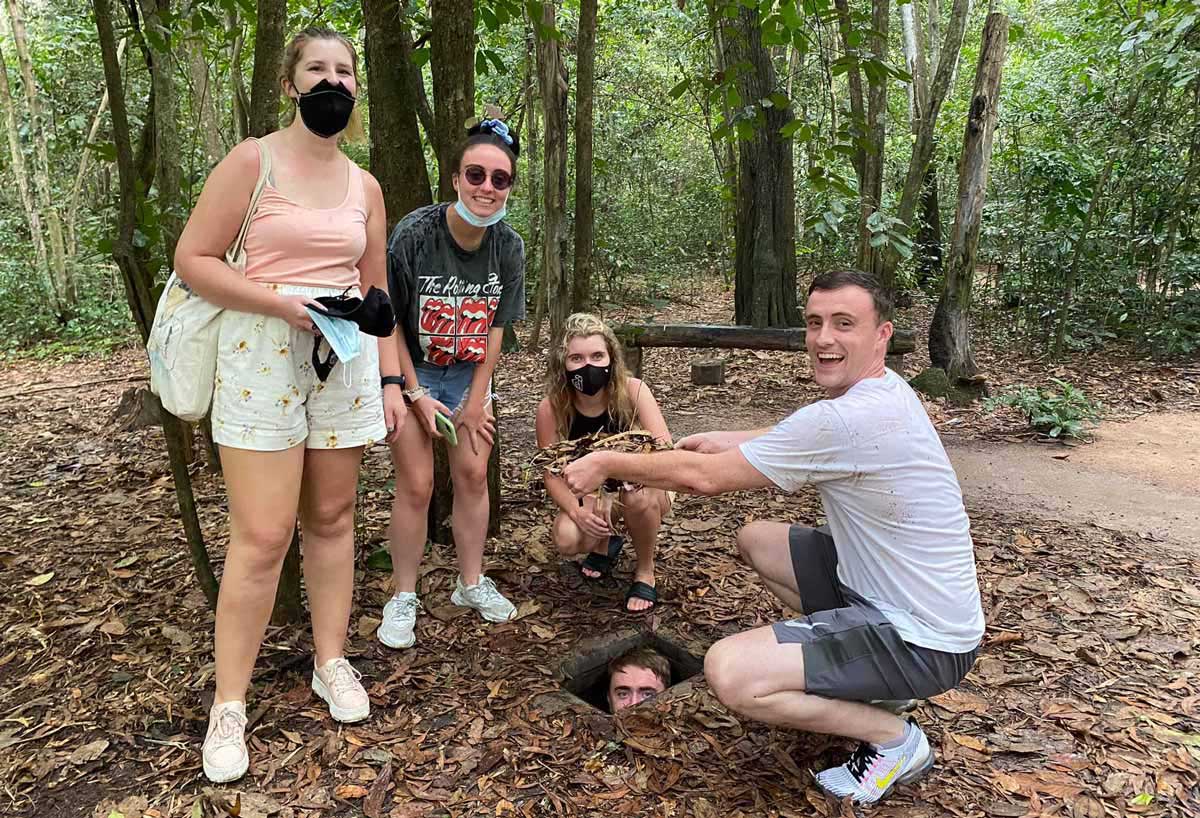
Cu Chi Tunnels
Visitors can explore various tunnel branches, including combat tunnels, hideouts, meeting rooms, sleeping quarters, kitchens, and even a secret hospital. The tunnels’ spine radiates different lengths and directions.
Alongside Independence Palace (Dinh Độc Lập), the Central Office for South Vietnam (Trung ương Cục Miền Nam) in Tây Ninh, and Phú Quốc Prison (Nhà tù Phú Quốc) in Kiên Giang, the Củ Chi Tunnels provide essential insights into Vietnamese history and resilience during wartime.
If you are looking for the best Vietnam tours for the best experience, please contact us for detailed advice!


